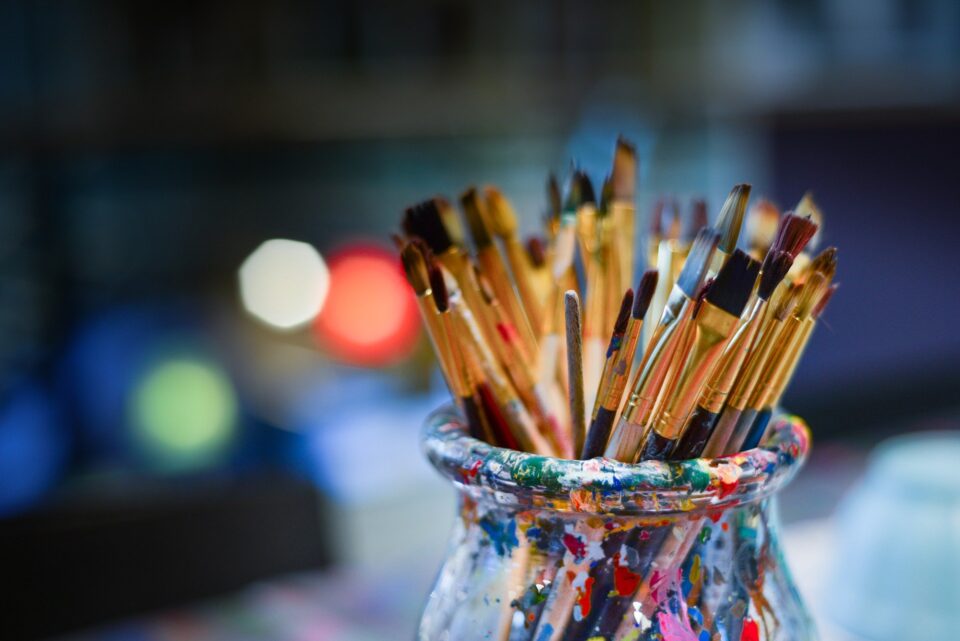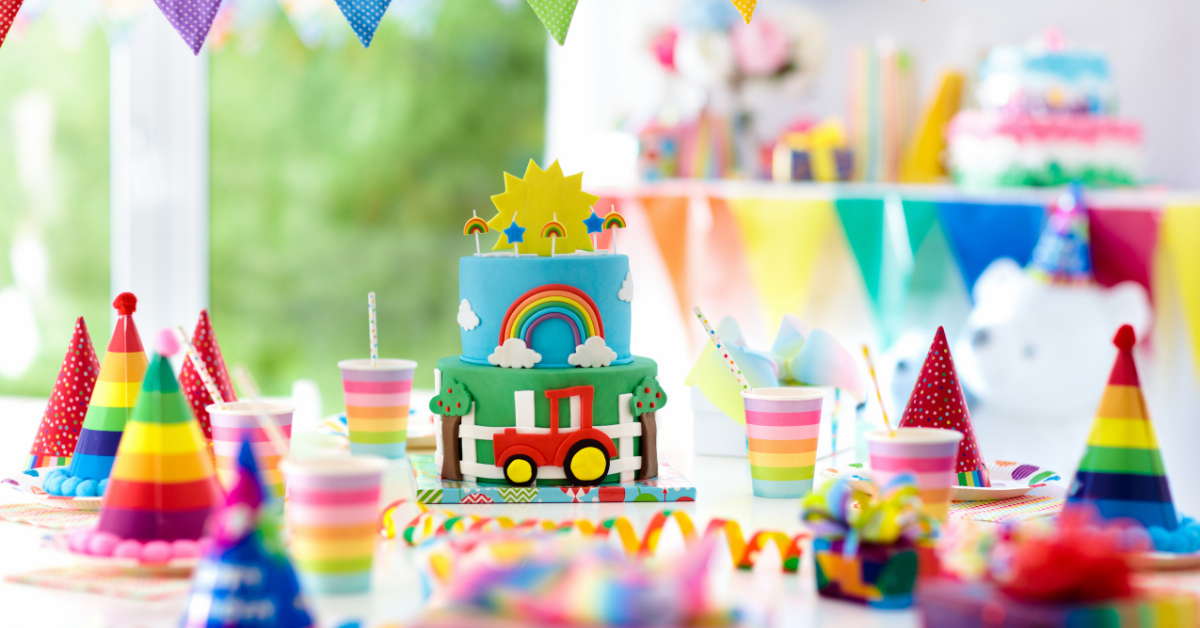
10 Ways To Keep Creative Time With Children Eco-Friendly

Creating art may not seem like the most environmentally friendly activity but giving children the opportunity to be creative is important for their development. Professional artist and mother of two Gillian Hancey gives 10 tips for giving children creative time while minimising the impact on the environment and recycling materials otherwise destined for landfill.
Paint Tips
When painting with children, it can be really easy to end up with lots of unused paint (and this can make for a particularly messy clean-up at the end). If your child tends to lose interest in painting very quickly, a palette of watercolour paint blocks might be better to start with than paints that are not easy to put back in the container. If you use acrylic paints, make sure children know to squeeze out only a little bit of paint at a time (or keep this as a ‘grown-up job’ until they are old enough to grasp the concept).

Keep Waterways Clean
Try to avoid pouring unused paint down the sink – it is not good for the pipes and you will probably waste a lot of water trying to clean everything up. Acrylic paint can be left to dry and it can be peeled out of the container; you can then put it straight in the bin or children might enjoy cutting shapes out of it to use for something else. I always love the look of a paint palette by the time I’m finished doing my own work – it can be a really beautiful colourful piece in itself!
Reusable Clean-Up
Use wet rags to wipe down blocks of watercolour paint at the end of a painting session rather than holding the palette under a running tap. It is also a good idea to use old rags to wipe paint off brushes before dipping them in paint water to make the water last a bit longer.
Make Your Own Reusable Cloths
Make rags from old clothes, sheets etc that are not in a good enough state to be passed on to charity. Cut larger rags for cleaning up spillages or wiping surfaces at the end of a painting session, and smaller rags for wiping paint off brushes or cleaning paint blocks. Old fabric in reasonable condition can be reused to make costumes for dressing up, doll’s clothes or used for collating.
Repurpose
Rather than buying plastic water pots and paint palettes, make use of old jars, Tupperware lids (we all have some that don’t seem to fit any tubs…), yoghurt or jelly pots etc. If you would like to go a step further and avoid buying paintbrushes and paints too, there are many resources online with ideas for natural paintbrushes and tips on how to obtain your own pigments and make paint…

Eco-Friendly Coveralls
To avoid buying plastic painting aprons (which can be quite restrictive for children to wear anyway), keep an old t-shirt for painting that they can easily change into or put on top of other clothes (if it’s a bit too big for them, even better).
Use Less Paper
Remember that children don’t always need new paper to draw on. All my 4-year old wants to do with paper at the moment is cut pieces up and staple them back together so I can give her junk mail or old bits of wrapping paper to use for this. If you have any family or friends who work in an office, they might be able to obtain scrap paper for you, perhaps some that has only been printed on one side. If you’re looking for more creative options, explore online drawing platforms that provide a digital canvas for endless artistic exploration. You could also use old paper to start a new drawing on. Like many artists, I find a blank canvas a bit intimidating so I always start a painting by quickly getting something on my surface to work into. Likewise, children might enjoy doodling or painting on top of an old magazine page, for example.
Making The Most of What You Use
If children are using new paper, as well as encouraging them to make use of blank space, and to use both sides before getting a new sheet, also encourage them to see if there is any more they can add to their picture before moving on. My 6-year old loves writing his own stories at the moment and would write one sentence per piece of paper if left by himself, so we have discussed how books have writing and pictures on both sides of the paper and that we can fold the paper in half to make it more like a book and get more use out of the paper. If children are not happy with what they have drawn and want to throw it away, help them think about ways they can use what they have done to create something else instead – can they keep it as a background and stick something else on top? Or cut out the bits they like to use in another piece? My own work always involves many layers and I think that it’s really fun to gradually build up a piece of work.
Recycling to Reusing
Keep a few small boxes of interesting scrap papers (e.g. bits of wrapping paper/tissue), colourful fabric from old clothes, bits of ribbon (e.g. from gifts) and little pictures (e.g. from birthday or Christmas cards) etc to encourage creativity. You don’t need to hoard a lot of things – just a few shoeboxes – and it can be really interesting to leave these out with some glue and pens and see what children make with them.
Upcycling
Encourage some upcycling for a different form of creative time with children- keep an eye out in charity shops for old canvases (or other suitable surfaces, e.g. interesting wooden objects) that your children might enjoy painting on.
We hope these tips for eco-friendly creative time with children have given you some new ideas and inspiration for your next art session.
Gillian Hancey is a professional artist who lives with her husband and two children near Basingstoke. She specialises in creating vibrant, uplifting artwork all about people and her busy paintings reflect a busy family life, sometimes even featuring her own children. You can see her work on www.gillianhanceyart.com and find her on Instagram @gillianhanceyart.
Pin for later:

If you enjoyed this post you can follow more of our life, opinions and antics over on Facebook, Twitter, YouTube and Instagram. Plus feel free to come and join in with my parenting group ‘From One Parent to Another’ on Facebook.
If you’d like to contact me you can either leave me a comment or drop me a line via my contact me page.
For other topics similar to this one check out these suggestions below…




